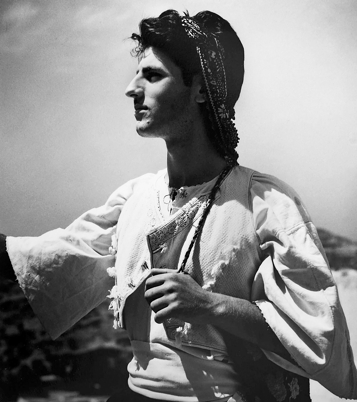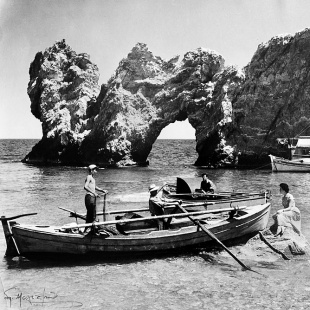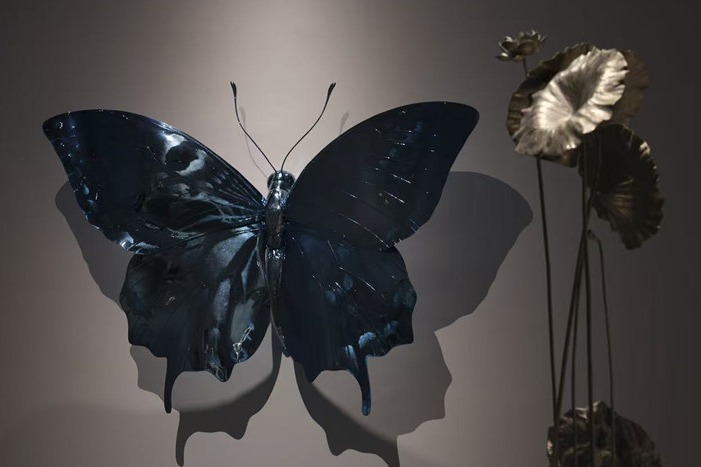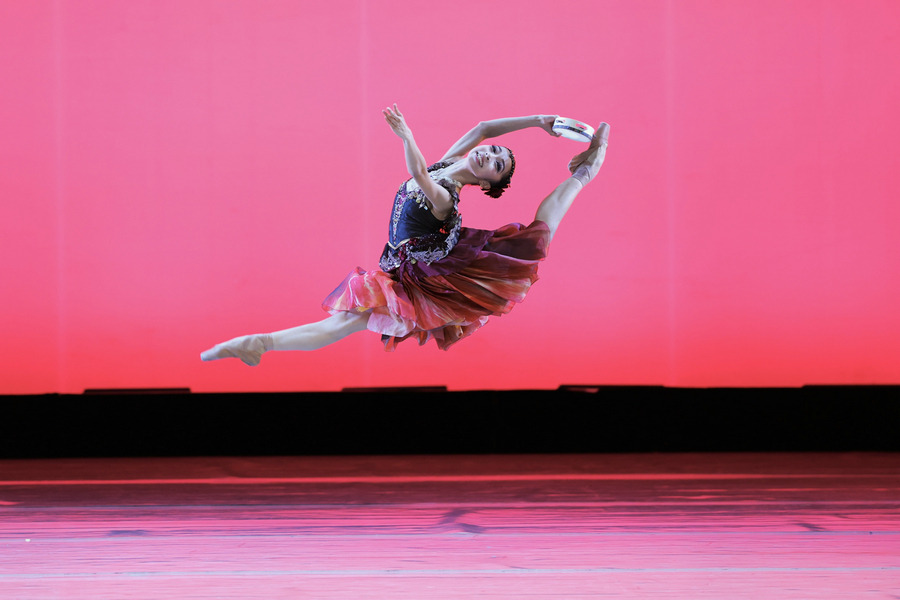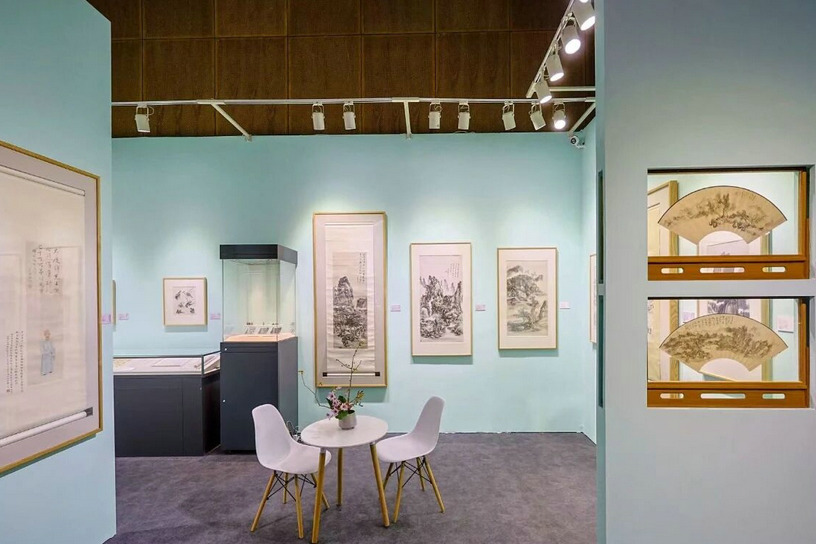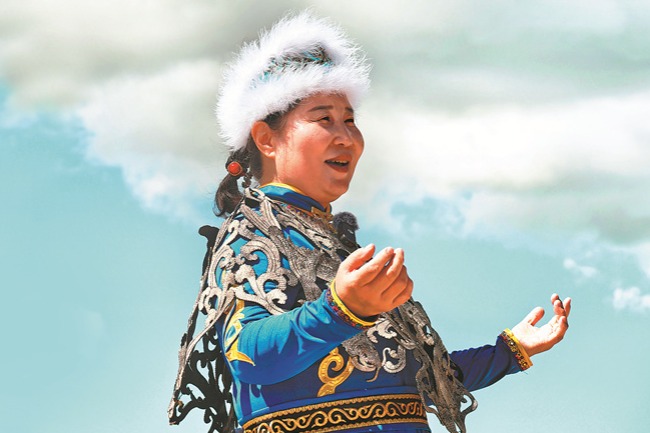Echoes of civilizations through the camera lens

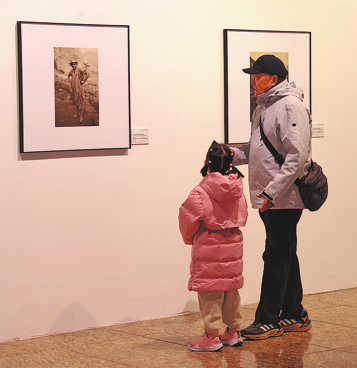
Film collector Wang Xu, in his 40s, once found a batch of old photo negatives. Impressed by the tranquil landscape of the Jiangnan area (referring to the southern regions of the lower reaches of the Yangtze River) and the precious records of a time in the 1930s when the area was filled with the smoke of war, he spared no expense to purchase them.
Later, he found on the cover of their bag the name of Lin Zecang, who was influential in the early 20th century as a photographer and magazine editor.
This batch of negatives was unknown until Wang found them.
The exhibition, Visual Memories of the Three Ancient Civilizations, showcased some of the images developed from these negatives along with others from Chinese and overseas film collectors at the China Millennium Monument from Oct 22 to Oct 27.
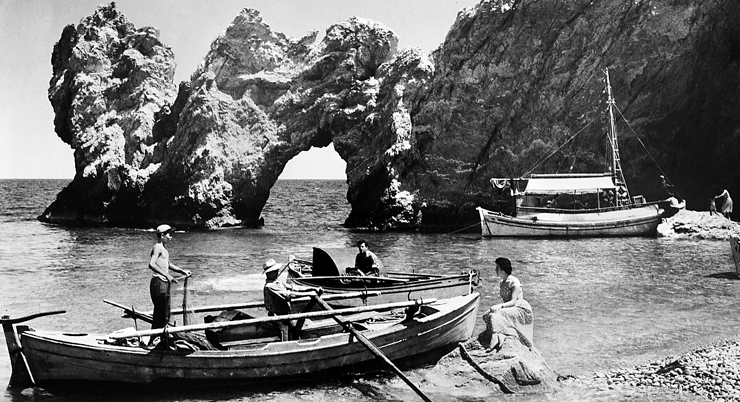
Jointly organized by the China Millennium Monument World Art Center and the Global Photographic Union, the display was part of Photo Beijing 2025 — an international photographic event — and showcased more than 70 photos of China, Greece and Egypt in the early 20th century.
Zhao Yingxin, the general planner of the exhibition, says photographs play an extremely significant role in the progress of civilization, as they record how civilizations move forward and develop.
"Civilizations develop in a parallel way in different countries. Although with the internet we know what happens everywhere now, in the early 20th century it was difficult for people to know what their counterparts in different places did and even what they looked like," says Zhao.

"After almost a century, we can look back on that point in human history and see what people were doing then in three different countries through old photos," she adds.
The 20th century, in her eyes, was a time of conflict for the world. However, in the 1920s and 1930s, between the two world wars, the shadow of war had faded, allowing people's ordinary lives during peacetime to be depicted through photography.
"With their respective lenses, the photographers documented the landscape of human activities in the southernmost part of the Balkan Peninsula, captured the traditional life of Egyptians while wandering through the markets and alleys of Cairo, and turned their cameras to the more introverted daily life and social changes in China," she says.
Zhao highlights a photo taken by Greek photographer Nikos Zografos in 1930, which shows a group of people walking along a street through the snow.
"The vivid photo can easily take you back to the atmosphere of the snowy day nearly a century ago and trigger your emotions. People are busy walking while the heavy snow is falling, showing the distinctive dynamism of people in a natural environment," she says.
According to Manolis Metzakis, president of the Global Photographic Union, Greek, Egyptian and Chinese cultures have profoundly shaped human understanding of beauty, knowledge and harmony through their unique philosophies, art and histories.
"These cultures, among the oldest and most influential in human history, remind us that creativity and knowledge are the true foundations of civilization," he says.
After its debut in Beijing, the exhibition will tour Greece and Egypt in the future, Metzakis says.
wangru1@chinadaily.com.cn
